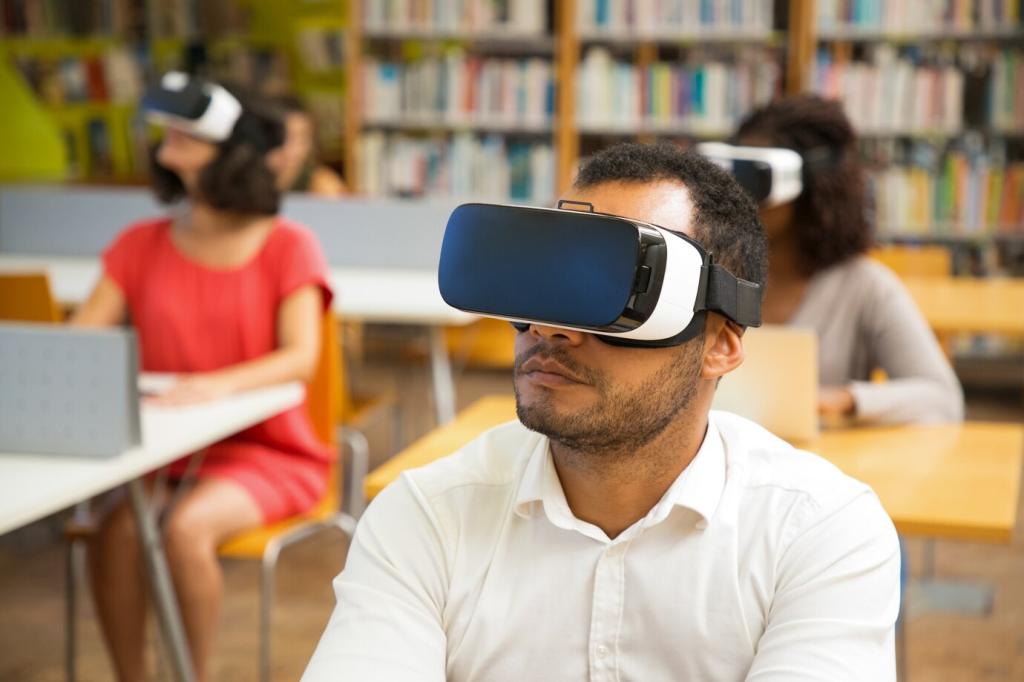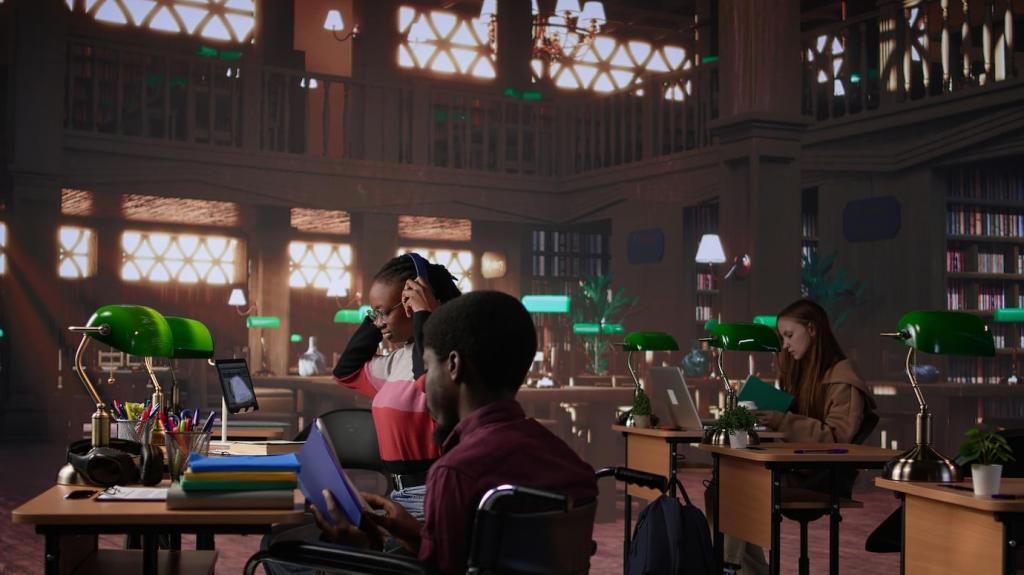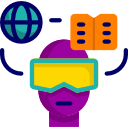Case Studies: Schools Successfully Using Virtual Reality in English
Virtual reality is transforming English education by making learning more immersive, engaging, and effective. Across the world, schools are integrating VR into their English language curricula, helping students develop reading, writing, speaking, and listening skills through dynamic, interactive experiences. These case studies highlight how institutions have harnessed the potential of VR to improve language proficiency, boost student motivation, and create memorable lessons that go far beyond the traditional classroom.

Virtual Literary Journeys at Windsor High
At Windsor High, students immerse themselves in immersive renditions of novels and short stories. By "walking" through Dickensian London or the moors of Brontë’s Wuthering Heights, learners encounter scenes and characters first-hand, gaining a visceral sense of setting, tone, and mood. This direct experience encourages them to discuss themes, describe environments, and analyze character motivations with newfound confidence. Teachers at Windsor note an impressive improvement in student engagement and comprehension, as learners transition from passive readers to active participants within the narrative.
Bringing Poetry to Life at Silver Creek Academy
Silver Creek Academy introduced VR experiences to help students visualize and feel the abstract images found in poetry. Learners explore VR representations of poems, witnessing metaphorical landscapes that change in real-time based on poem passages. This sensory engagement helps demystify complex figurative language and inspires students to write their own creative poetry. Instructors report that students not only grasp difficult poetic concepts more rapidly but also express greater enthusiasm for reading and composing poems themselves.
Recreating Classic Plays at Eastbourne Institute
Eastbourne Institute’s English department adopted VR to stage classic plays in virtual environments. Students don virtual headsets to act out scenes inside Shakespearean theaters or the streets of 20th-century New York, depending on the script. This hands-on interaction brings dialogue, character interactions, and dramatic tension to life, making the texts’ language and cultural context feel current and compelling. Faculty have noticed that students develop more sophisticated performance and analysis skills, reporting higher confidence in both written and spoken English assessments.
Previous slide
Next slide

Enhancing Language Acquisition with Realistic Conversations
Everyday Dialogues at Maplewood Secondary
Maplewood Secondary implemented a VR language lab where students interact with virtual characters modeled on everyday situations—ordering food at a café, asking for directions, or interviewing for part-time jobs. This repetitive, low-stakes practice allows learners to experiment with vocabulary and idioms without fear of embarrassment. Teachers find that students not only gain fluency faster but also develop more authentic accents and intonations, yielding greater language retention and confidence.
Business English Training at Lexington City School
Lexington City School uses VR modules to simulate professional environments, enabling advanced students to practice Business English in virtual boardrooms or networking events. Role-playing as presenters, negotiators, or clients, learners tackle industry jargon and communication formalities in context. These tailored experiences prepare students for real-world opportunities—teachers observing marked progress in students’ ability to perform complex, persuasive, and polite exchanges necessary for academic and career advancement.
Multicultural Exchange at Global Gateway Prep
Global Gateway Prep leverages VR to connect students virtually with peers around the globe. By entering shared, visually rich environments, learners engage in collaborative projects, debates, and cultural exchanges in English, all while gaining cultural awareness and sensitivity. The VR setup fosters authentic, spontaneous interactions that mimic actual travel experiences, preparing students for global citizenship as well as mastering advanced conversation skills.
Supporting Special Needs Learners through Custom VR Experiences
Harmony School created VR reading programs for students with dyslexia and visual processing disorders. By presenting texts in customizable formats—adjusting font size, background color, and pacing—students can access classic English literature in ways that suit their needs. Interactive voice narration and built-in comprehension checks increase independence and boost reading confidence. Educators at Harmony celebrate the increased participation of learners who previously found reading daunting, with notable improvements in both reading enjoyment and comprehension.
